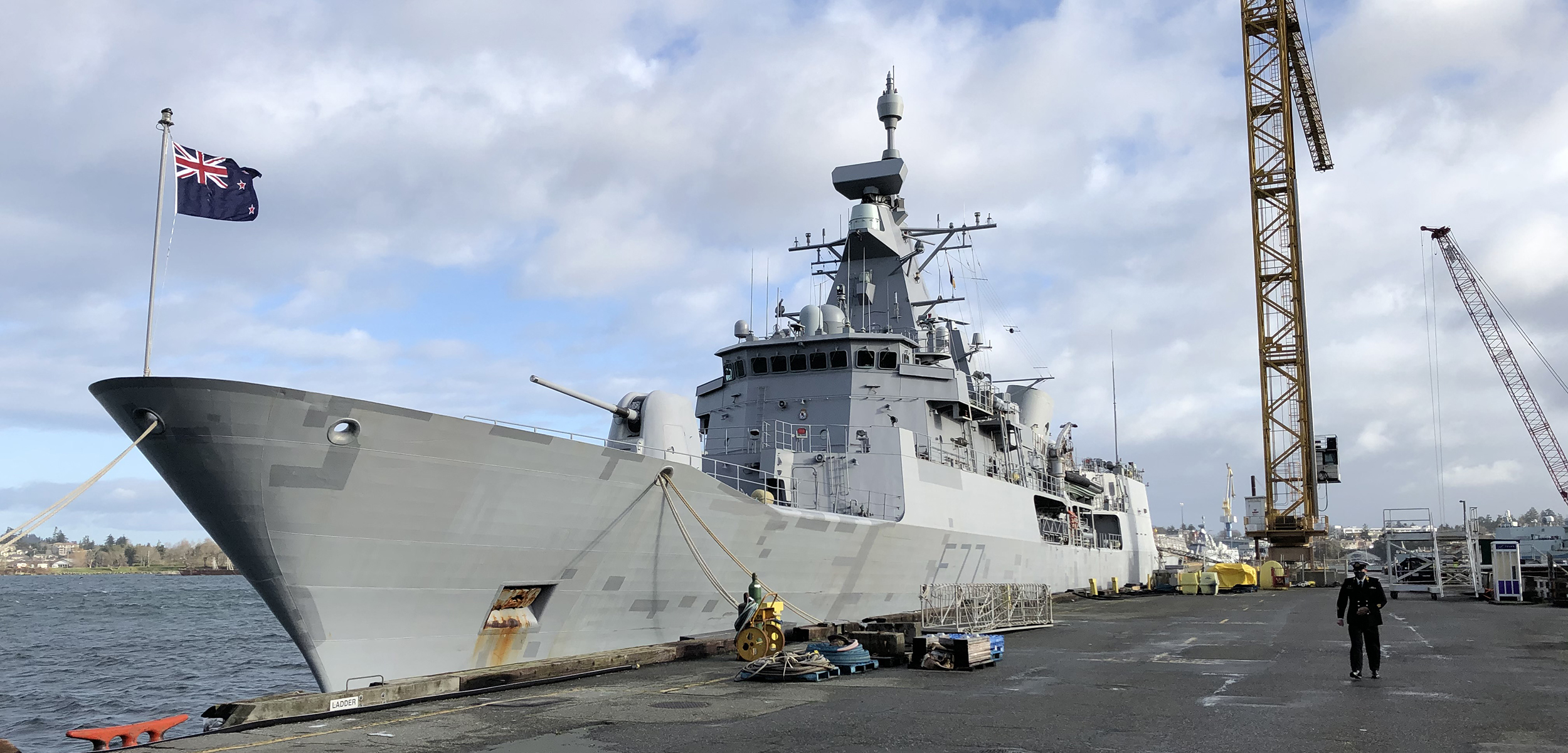The Defence Capability Plan 2019, when discussing planned investments in maritime capabilities, noted that the service lives of the ANZAC frigates would be extended until beyond 2030. When the ANZACS were built, it took ten years from the government’s decision in July 1987 to proceed with ship replacement to the commissioning of the first vessel, HMNZS Te Kaha, in July 1997. It is clear that a decision on replacements for the ANZACS should be considered without delay.

The importance of New Zealand’s security relationships, and the level of commitment that New Zealand needs to make were, to an extent, addressed with the release on 4 August 2023 of the Defence Policy and Strategy Statement 2023. Speaking at the launch of the Statement Defence Minister Andrew Little said that, ‘In 2023 we do not live in a benign strategic environment. Aotearoa New Zealand is facing more geostrategic challenges than we have had in decades’. Emphasising the seriousness of those challenges he went on, ‘We need the strategies and the capabilities to respond… This means we must be prepared to equip ourselves with trained personnel, assets and materiel, and appropriate international relationships in order to protect our own defence and national security’.
READ MORE
- The ‘number 8 wire’ days for NZ’s defence force are over – new priorities will demand bigger budgets
- New Zealand’s National Security Strategy: Greater regional presence, Aussie ties, and questions
- Australia-NZ could combine on deal for smaller, missile-laden frigates
- Is NZ gearing up for war? Newshub Nation's Laura Walters quizzes Andrew Little on major new defence strategy
Signalling future intent he noted: "We are respected for our proven independence, our trustworthiness, and the fact we put our money where our mouth is by investing in capabilities to protect ourselves and our partners, and participating in disaster relief and peacekeeping around the world."
Notwithstanding the above comment, speaking to reporters afterwards Minister Little acknowledged the current financial situation facing the country saying, ‘As a government, we are under fiscal constraints at the moment anyway. So should there be an increase in spending - which I predict there will be - it may be, you know, two or three budgets away yet before we start to see that’.
Two days later, speaking to Jack Tame of TVNZ, the Minister highlighted the issue of equipping the Royal New Zealand Navy for the tasks expected of it in the future. He noted that New Zealand needed to be prepared for a "greater level of strategic competition playing out in the Pacific, but also South East Asia, and we need to be equipped to work with partners to contribute to addressing that…We have capability coming to the end of its life in the next ten years, particularly our naval fleet, and we have to consider how we replace those."
The Minister tacitly acknowledged the training and maintenance burden imposed on Navy by the requirements of each class of ships in service varied significantly. Currently, with nine ships in service there are six different classes of vessel ‘but that may change in future’. When asked by Jack Tame whether the ANZAC frigates might be replaced by destroyers, the Minister responded, ‘Let’s see what the defence capability review comes up with, (though) that’s not where I see things going’. Significantly he added that, ‘We have two frigates at the moment…The question is, is what we’ve got enough to equip us for what the future might hold’?
Captain Andrew Watts and this author have over the past two years advocated for a replacement Navy fleet based on one common hull. This could replace the two frigates and two OPVs, and potentially HMNZS Manawanui. Fitted with modular systems, these five ships could be configured for the tasks required of them, from fisheries patrol to offering higher-end capabilities, providing the government of the day with a wide range of capabilities for deployment. Ship availability could be higher, with greater flexibility allowing for the ships to be rapidly reconfigured from patrol to combat. This would also allow for what the partner document to the Defence Policy and Strategy Statement, Future Force Design Principles 2023, foresees as a need for ‘scalability’, allowing for a potential future force of up to five frigates should strategic circumstances require it.
During the press conference after the launch, Minister Little said that in twelve months or so a further document, focussing on defence capability, would set out the intentions for future defence spending. This October New Zealanders go to the polls and whoever is in government following the election will be facing some of the most critical decisions in decades. Following the release of a defence capability plan in 2024 Kiwis, and our Australian cousins, will then know whether or not New Zealand is willing to ‘put our money where our mouth is’.





